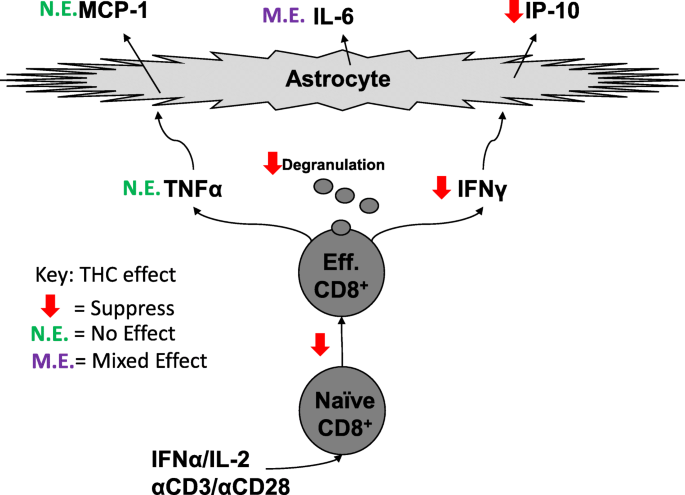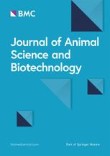“From June 2019 to January 2020, over 2500 cases of electronic cigarette (e-cigarette)– or vaping–associated lung injury (EVALI) were reported to the Centers for Disease Control and Prevention (CDC).
Some states have legalized marijuana and THC-containing products for recreational use. Many other states allow purchases for qualifying medical purposes. In remaining states, all forms of consumption and distribution are illegal, and individuals who use THC likely obtain it from the black market. If black-market THC products are responsible for EVALI, then case rates may be lower in recreational marijuana states.
The goal of this cross-sectional study was to measure whether states where marijuana is legal have lower rates of EVALI compared with states where it is illegal.
Recreational marijuana states had among the lowest EVALI rates of all states.
The data suggest that EVALI cases were concentrated in states where consumers do not have legal access to recreational marijuana dispensaries. This association was not driven by state-level differences in e-cigarette use, and EVALI case rates were not associated with state-level prevalence of e-cigarette use.
One possible inference from our results is that the presence of legal markets for marijuana has helped mitigate or may be protective against EVALI.”
https://jamanetwork.com/journals/jamanetworkopen/fullarticle/2763966

 “Medicinal use of
“Medicinal use of  “The aim of this study was to explore the effect of health-care providers’ attitudes towards the medical use of
“The aim of this study was to explore the effect of health-care providers’ attitudes towards the medical use of  “There is concern that recreational marijuana legalization (RML) may lead to increased
“There is concern that recreational marijuana legalization (RML) may lead to increased  “CD8+ T cells can contribute to neuroinflammation by secretion of inflammatory cytokines like interferon γ (IFNγ) and tumor necrosis factor α (TNFα). Astrocytes, a glial cell in the brain, can be stimulated by IFNγ and TNFα to secrete the inflammatory cytokines, monocyte chemotactic protein 1 (MCP-1), interleukin 6 (IL-6), and interferon-γ inducible protein 10 (IP-10).
“CD8+ T cells can contribute to neuroinflammation by secretion of inflammatory cytokines like interferon γ (IFNγ) and tumor necrosis factor α (TNFα). Astrocytes, a glial cell in the brain, can be stimulated by IFNγ and TNFα to secrete the inflammatory cytokines, monocyte chemotactic protein 1 (MCP-1), interleukin 6 (IL-6), and interferon-γ inducible protein 10 (IP-10). “Recently, several studies have reported that the pharmacological effects exerted by
“Recently, several studies have reported that the pharmacological effects exerted by  “In the sports domain, cannabis is prohibited by the World Anti-Doping Agency (WADA) across all sports in competition since 2004. The few studies on physical exercise and cannabis focused on the main compound i.e. Δ9-tetrahydrocannabinol.
“In the sports domain, cannabis is prohibited by the World Anti-Doping Agency (WADA) across all sports in competition since 2004. The few studies on physical exercise and cannabis focused on the main compound i.e. Δ9-tetrahydrocannabinol.  “The oil from industrial hemp seeds (
“The oil from industrial hemp seeds ( “The
“The